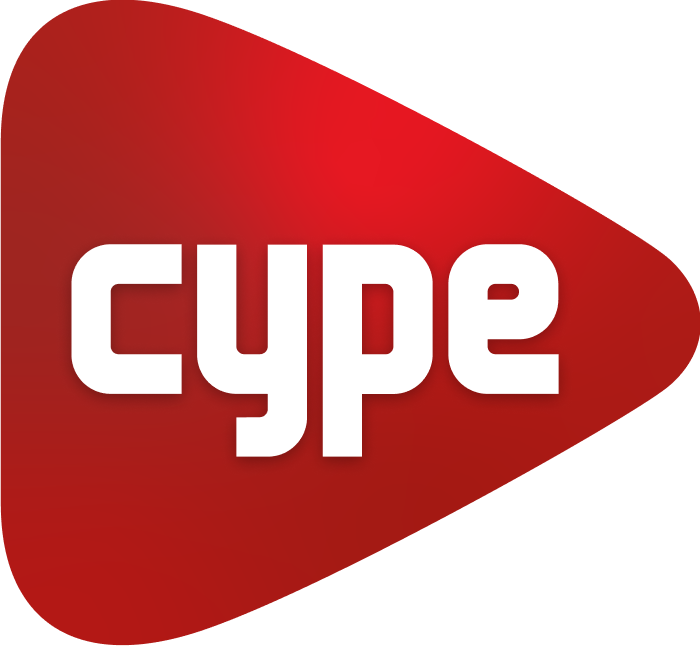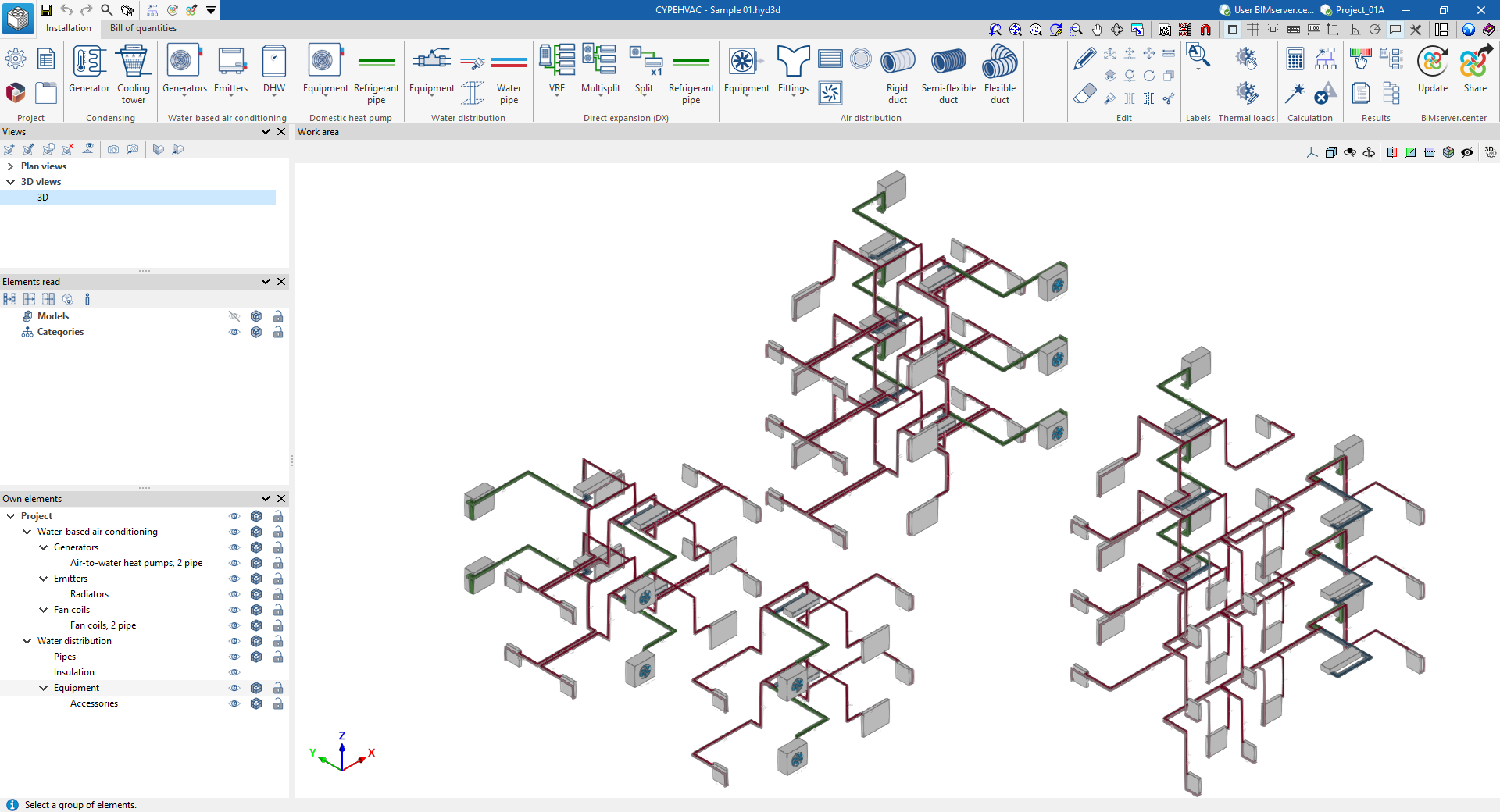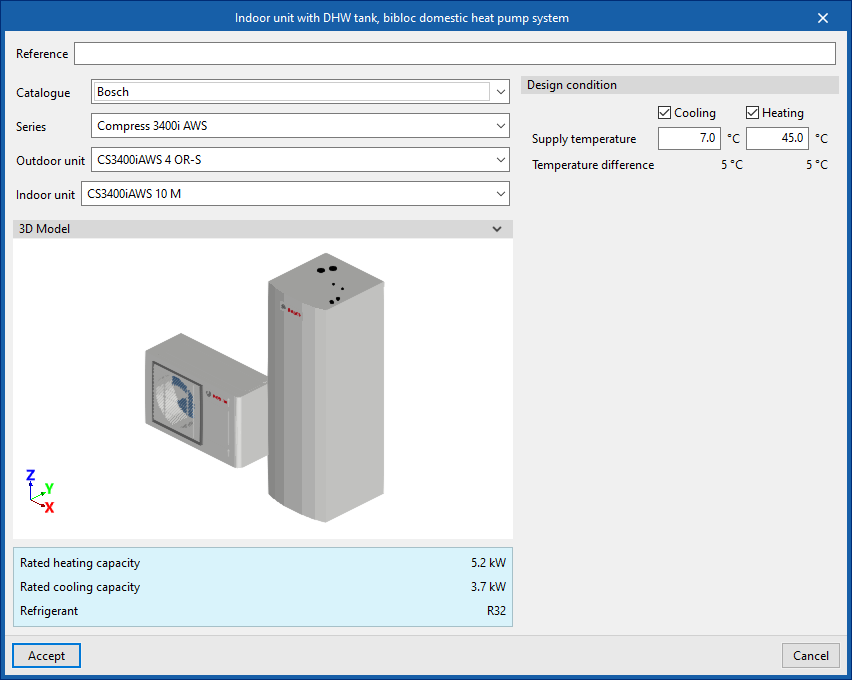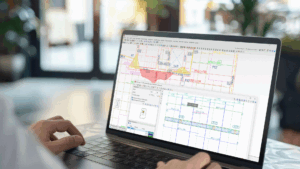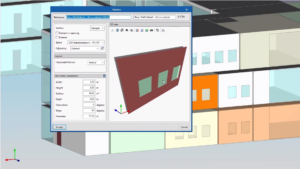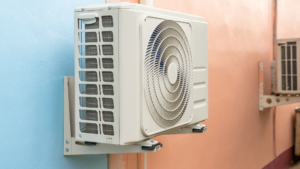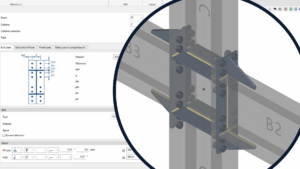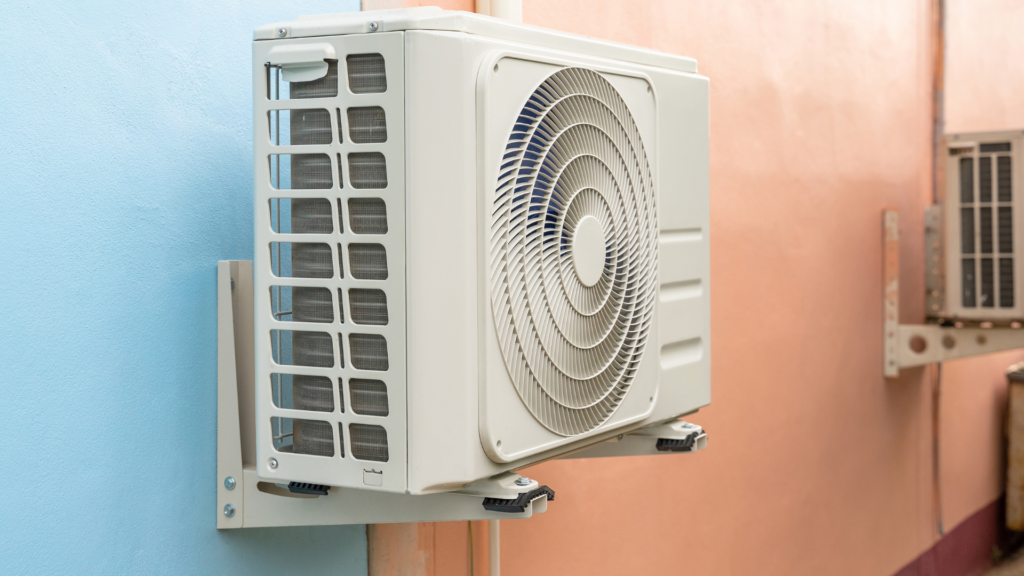
Air conditioning systems play a key role in the comfort and energy efficiency of modern buildings. In recent years, the search for sustainable and efficient solutions has led to the use of technologies such as air-source heat pumps, a system that harnesses the energy present in the outside air to provide heating, cooling and domestic hot water.
Air-source heat pumps, an efficient solution for air conditioning
This air conditioning system uses the energy contained in the outside air to generate heat or cold by means of a heat pump. Air-source heat pumps can harness a large part of the energy required from the ambient air, which significantly helps to reduce electricity consumption compared to other systems.
The air-source heat pumps work based on a thermodynamic cycle that allows heat to be transferred from the outside to the inside of the building, or vice versa, depending on the air conditioning needs. In heating mode, the heat pump extracts energy from the outside air and transfers it to the inside, while in cooling mode, the process is reversed to extract heat from the inside and expel it outside.
On the other hand, another of its great advantages is its versatility, as it can be combined with different heat emitters such as radiant floor or fan coils, which allows it to be adapted to the specific needs of each home.
To make the most of these advantages, it is important to have specialised design tools such as CYPEHVAC, which optimise the implementation of air-conditioning systems with air-source heat pumps.
CYPEHVAC, air-source heat pumps and their integration with the BIM methodology
At CYPE, we have a tool for incorporating air-source heat pump work in a simple way. Thanks to CYPEHVAC, you can design air conditioning systems that include heating, ventilation, and air conditioning. You can also design radiators, fan coils, boilers, heat pumps, ventilation networks with ducts, heat recovery units, fans, and air handling units.
This program, which is part of the BIM ecosystem, can import information extracted from other Open BIM tools using standard formats such as IFC or BC3. This means that you can share information from air-source heat pump projects and collaborate simply and effectively thanks to our BIMserver.center platform.
- How can a federated BIM model strengthen the collaboration of your projects?
- How do CMV systems work and why are they so important?
What types of air-source heat pump systems units can you find in our program?
We offer you a wide range of options for designing air-source heat pump systems that you can use to adapt to your project's air-conditioning needs. The three main types of units that can be used in CYPEHVAC are monobloc, bibloc and hydraulic bibloc systems.
In monobloc systems, all heat pump components are integrated into a single outdoor unit. This significantly streamlines installation and reduces the amount of space required inside the house. This unit is connected directly to the building's heating or cooling distribution system, which makes it easy to install in projects where indoor space is limited or where a simpler installation is required.
For bibloc systems, which consist of an outdoor unit and an indoor unit connected by refrigerant piping, the indoor unit houses the heat exchanger and system controls. This configuration offers greater flexibility in terms of the distribution of the air-conditioning system within the home, allowing the units to be placed further apart without significant temperature loss.
Similar to the bibloc system, but incorporating a compact outdoor unit and an indoor unit containing the hydraulic components of the installation, linked by water pipes, the hydraulic bibloc system is useful in installations requiring tighter integration with existing heating systems or in projects seeking to maximise efficiency in heat distribution.
The tool includes features for entering thermal loads, selecting equipment from real manufacturers, and optimising system performance based on project-specific conditions.
CYPEHVAC also makes it easier to integrate these air-source heat pump systems with other air-conditioning technologies, such as radiant floor, fan coils or low-temperature radiators. This makes it possible to create complete and highly efficient air-conditioning solutions, adapted to the specific needs of each building.
Meet the air-source heat pump system manufacturers available in CYPEHVAC
CYPEHVAC has an extensive database of air-source heat pump system manufacturers, allowing you to select real products for all your projects. Furthermore, thanks to the integration with the Open BIM Database, the available options are extended to include detailed technical specifications and 3D models of the equipment. The program includes products from manufacturers such as BAXI, Bosch, Daikin, Fujitsu, Isover, Midea, Mitsubishi Electric and Panasonic, among others.
Importantly, although the initial investment may be higher than conventional air conditioning systems, the long-term energy savings and environmental benefits make air-source heat pump systems an increasingly attractive option for homeowners and developers.
In short, air-source heat pump system energy has established itself as a key technology in the field of modern air conditioning thanks to its high energy efficiency, versatility and sustainability. Its ability to harness renewable energy from the outside air allows for significant reductions in electricity consumption and CO₂ emissions, making it an ideal choice for both residential and commercial projects.
Also, tools such as CYPEHVAC greatly facilitate the design and implementation of these systems, as they allow users to work in a BIM environment that optimises each stage of the project. From the precise selection of real equipment to the detailed analysis of thermal loads, these digital solutions guarantee efficient results adapted to the specific needs of each building.
